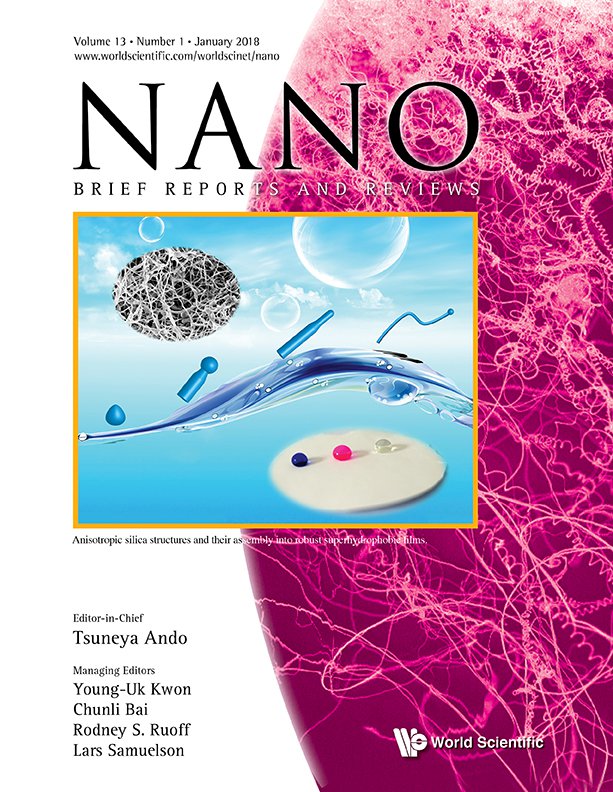An Anion-Exchange Strategy to Bi2S3/Bi2O2(OH)(NO3) Heterojunction with Efficient Visible Light Photoreactivity
Abstract
As one of the basic bismuth nitrates, Bi2O2(OH)(NO3) (denoted as BION) has been reported to exhibit powerful photodegradation activity for various contaminants. However, pure BION could only be irradiated by UV light due to broad bandgap (∼3.14eV). Herein, Bi2S3/Bi2O2(OH)(NO3) (denoted as BS-BION) heterojunction was prepared by an in situ ion exchange reaction between BION and aqueous thiourea solution (pH≈3). The resulting heterojunction possessed good visible light absorption and closely contacted interfaces, which benefited effective separation and transfer of photogenerated charges, thus leading to excellent photocatalytic activity for the degradation of rhodamine B (RhB) under visible light irradiation. Furthermore, the as-prepared heterojunction photocatalyst also presented high photochemical stability, which may be of great significance for practical application.



